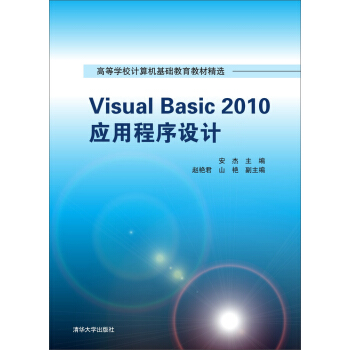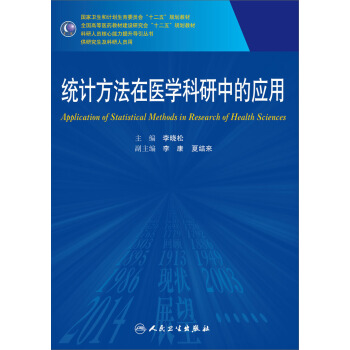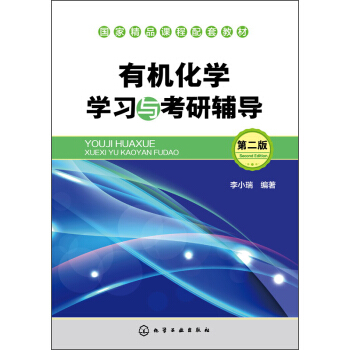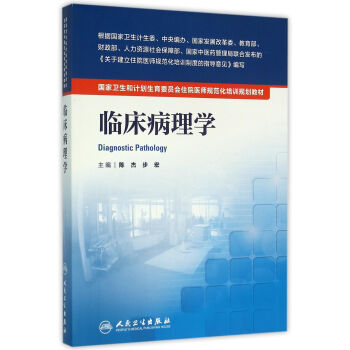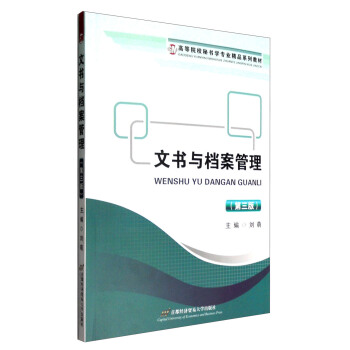

齣版社: 世界圖書齣版公司
ISBN:9787510050459
版次:1
商品編碼:11144599
包裝:平裝
開本:24開
齣版時間:2012-12-01
用紙:膠版紙
頁數:182
正文語種:英文
具體描述
內容簡介
《磁性物理學和磁性材料》是一部講述磁性基礎理論的教程。書中講述瞭磁矩起源,應用磁性場的響應,不同的相互作用産生瞭固體中磁序的不同形式,及其許多例子。書中以能夠讓讀者充分理解材料性質的深度講述瞭晶場模擬效應,晶場模擬效應在材料性質的扮演著重要角色,並以同樣深度講述瞭巡迴電子磁性。書中還特彆講述瞭磁晶磁性各嚮異性和磁熱效應,一般磁性計算知識也得以呈現。書中有一半的內容用於講述磁性材料和性質,這使得其應用廣泛。另外,本書很有技巧地講述瞭永磁體、高密度記錄材料、軟磁性材料、invar閤金和磁控材料。目次:引入;原子矩的起源;自由離子的順磁性;磁性有序狀態;晶體場;逆磁性;巡迴電子磁性;基本概念和單位;測量技巧;磁性材料中的熱效應;磁性的各嚮異性;永磁體;高密度記錄材料;軟磁性材料;invar閤金;磁控材料。
讀者對象:物理專業、材料科學和工程以及電子工程材料的高年級本科生和研究生,以及相關專業的科研人員。
目錄
chapter 1. introductionchapter 2. the origin of atomic moments
2.1. spin and orbital states of electrons.
2.2. the vector model of atoms
chapter 3. paramagnetism of free ions
3.1. the briliouin function
3.2. the curie law
references
chapter 4. the magnetically ordered state
4.1. the heisenberg exchange interaction and the weiss field
4.2. ferromagnetism
4.3. antiferromagnetism
4.4. ferrimagnetism
references
chapter 5. crystal fields
5.1. introduction
5.2. quantum-mechanical treatment
5.3. experimental determination of crystal-field parameters
5.4. the point-charge approximation and its limitations
.5.5. crystal-field-induced anisotropy
5.6. a simplified view of 4f-electron anisotropy
references
chapter 6. diamagnetism
reference
chapter 7. itinerant-electron magnetism
7.1. introduction
7,2. susceptibility enhancement
7.3. strong and weak ferromagnetism
7.4. intersublattice coupling in alloys of rare earths and 3d metals
references
chapter 8. some basic concepts and units
references
chapter 9. measurement techniques
9.1. the susceptibility balance
9.2. the faraday method
9.3. the vibrating-sample magnetometer
9.4. the squid magnetometer
references
chapter 10. caloric effects in magnetic materials
10.1. the specific-heat anomaly
10.2. the magnetocaloric effect
references
chapter 11. magnetic anisotropy
references
chapter 12. permanent magnets
12.1. introduction
12.2. suitability criteria
12.3. domains and domain walls
12.4. coercivity mechanisms
12.5. magnetic anisotropy and exchange coupling in permanent-magnet materials based on rare-earth compounds
12.6. manufacturing technologies of rare-earth-basea magnets
12.7. hard ferrites
12.8. alnico magnets
references
chapter 13. high-density recording materials
13.1. introduction
13.2. magneto-optical recording materials
13.3. materials for high-density magnetic recording
references
chapter 14. soft-magnetic materials
14.1. introduction
14.2. survey of materials
14.3. the random-anisotropy model
14.4. dependence of soft-magnetic properties on grain size
14.5. head materials and their applications
14.5.1 high-density magnetic-induction heads
14.5.2 magnetoresistive heads
references
chapter 15. invar alloys
references
chapter 16. magnetostrictive materials
references
author index
subject index
前言/序言
The first accounts of magnetism date back to the ancient Greeks who also gave magnetism its name. It derives from Magnesia, a Greek town and province in Asia Minor, the etymological origin of the word "magnet" meaning "the stone from Magnesia." This stone consisted of magnetite (Fe304) and it was known that a piece of iron would become magnetized when rubbed with it.More serious efforts to use the power hidden in magnetic materials were made only much later. For instance, in the 18th century smaller pieces of magnetic materials were combined into a larger magnet body that was found to have quite a substantial lifting power.Progress in magnetism was made after Oersted discovered in 1820 that a magnetic field could be generated with an electric current. Sturgeon successfully used this knowledge to produce the first electromagnet in 1825. Although many famous scientists tackled the phenomenon of magnetism from the theoretical side (Gauss, Maxwell, and Faraday) it is mainly 20th century physicists who must take the credit for giving a proper description of magnetic materials and for laying the foundations of modern technology. Curie and Weiss succeeded in clarifying the phenomenon of spontaneous magnetization and its temperature dependence. The existence of magnetic domains was postulated by Weiss to explain how a material could be magnetized and nevertheless have a net magnetization of zero. The properties of the walls of such magnetic domains were studied in detail by Bloch, Landau,and Neel.
Magnetic materials can be regarded now as being indispensable in modern technology.They are components of many electromechanical and electronic devices. For instance, an average home contains more than fifty of such devices of which ten are in a standard family car. Magnetic materials are also used as components in a wide range of industrial and medical equipment. Permanent magnet materials are essential in devices for storing energy in a static magnetic field. Major applications involve the conversion of mechanical to electrical energy and vice versa, orthe exerfon of a force on soft ferromagnetic objects. The applications of magnetic materials in information technology are continuously growing.
In this treatment, a survey will be given of the most common modern magnetic mate-rials and their applications. The latter comprise not only permanent magnets and invar alloys but also include vertical and longitudinal magnetic recording media, magneto-optical recording media, and head materials. Many of the potential readers of this treatise may have developed considerable skill in handling the often-complex equipment of modem information technology without having any knowledge of the materials used for data stor-age in these systems and the physical principles behind the writing and the reading of the data. Special attention is therefore devoted to these subjects.
Although the topic Magnetic Materials is of a highly interdisciplinary nature and com-bines features of crystal chemistry, metallurgy, and solid state physics, the main emphasis will be placed here on those fundamental aspects of magnetism of the solid state that form the basis for the various applications mentioned and from which the most salient of their properties can be understood.
It will be clear that all these matters cannot be properly treated without a discussion of some basic features of magnetism. In the first part a brief survey will therefore be given of the origin of magnetic moments, the most common types of magnetic ordering, and molecular field theory. Attention will also be paid to crystal field theory since it is a prereq-
uisite for a good understanding of the origin of magnetocrystalline anisotropy in modem permanent magnet materials. The various magnetic materials, their special properties, and the concomitant applications will then be treated in the second part.
用戶評價
評分
不錯,性價比高。。
評分很好
評分英文版的 不是很容易懂
評分快遞速遞很給力,訂貨後兩天就收到瞭。
評分東西很好,發貨也很快 贊
評分物流快包裝好,京東給力。永遠支持京東
評分好用好用好用好用好用
評分不錯,速度很快,書是影印的
評分英文原版,應該不錯,這方麵的好說很少啊,這還是不錯的呢
相關圖書
本站所有內容均為互聯網搜尋引擎提供的公開搜索信息,本站不存儲任何數據與內容,任何內容與數據均與本站無關,如有需要請聯繫相關搜索引擎包括但不限於百度,google,bing,sogou 等
© 2025 windowsfront.com All Rights Reserved. 靜流書站 版權所有

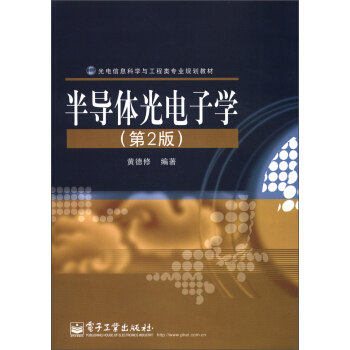
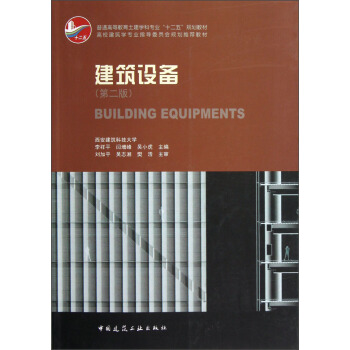

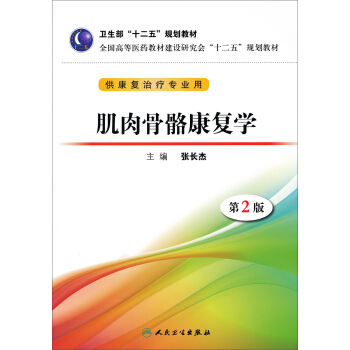
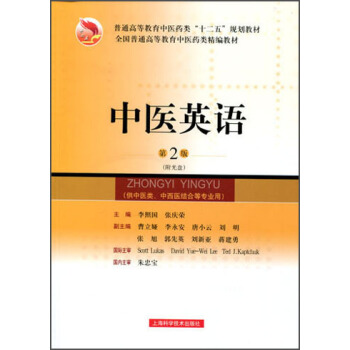


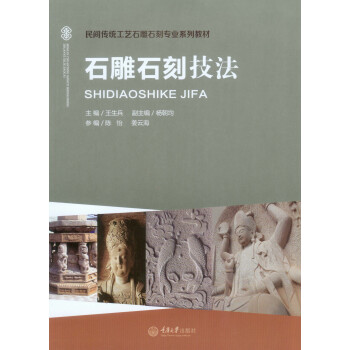
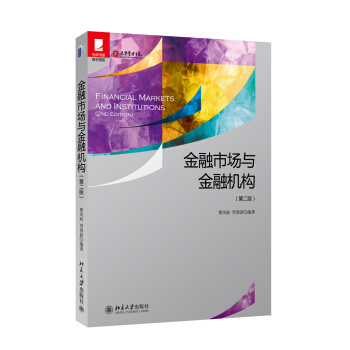
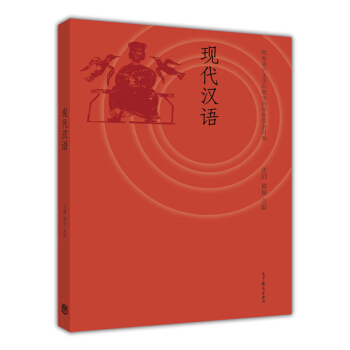
![精神病學 [Psychiatry] pdf epub mobi 電子書 下載](https://pic.windowsfront.com/11640253/566a970eN421095ba.jpg)
![經濟學前沿譯叢·非參數計量經濟學:理論與實踐 [Nonparametric Econometrics:Theory and Practice] pdf epub mobi 電子書 下載](https://pic.windowsfront.com/11659742/54f6dab2N2e7ee3e6.jpg)
